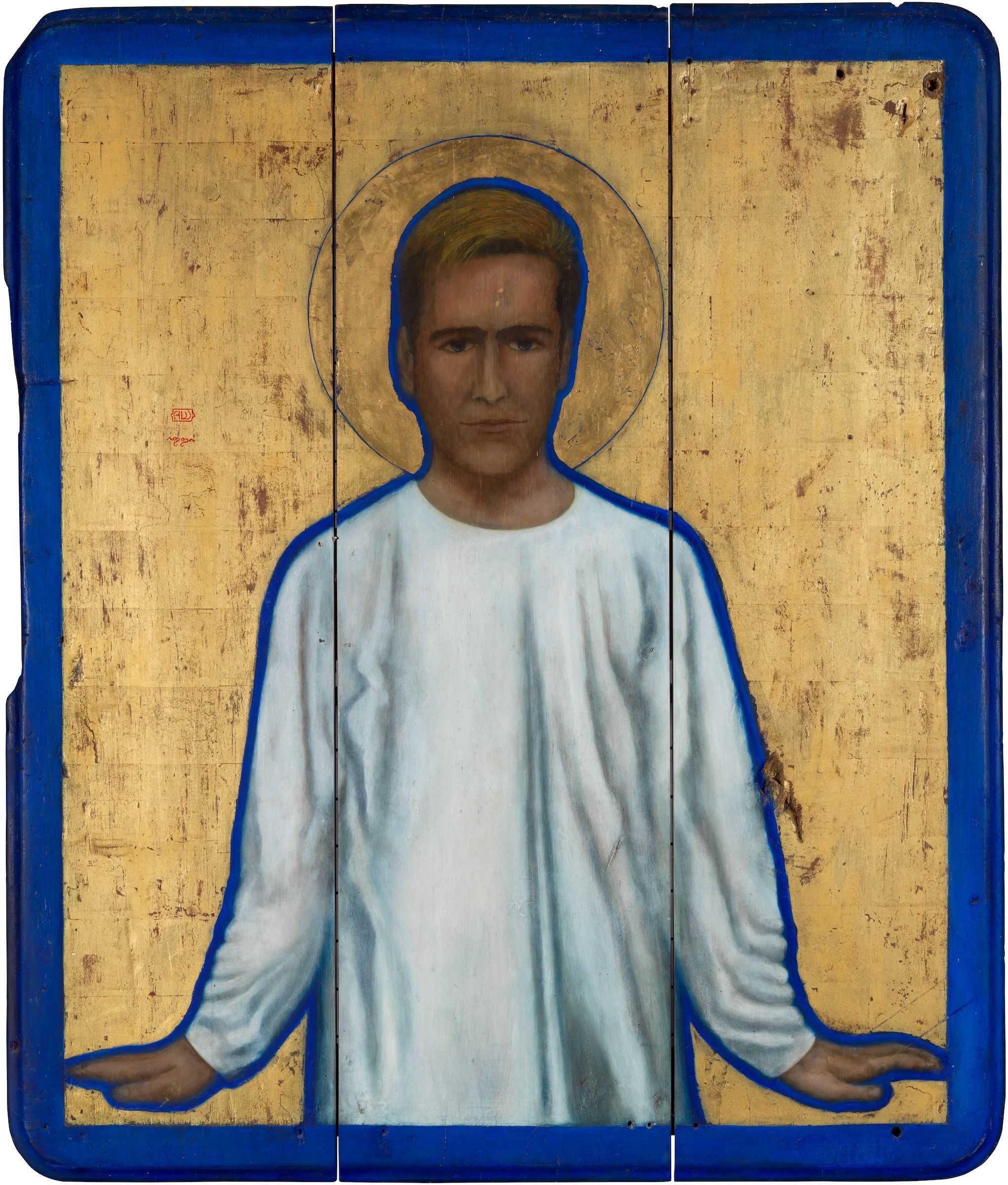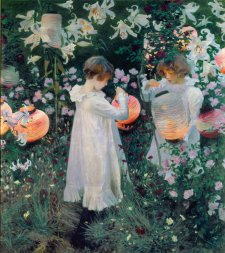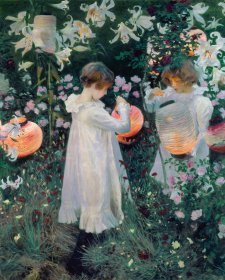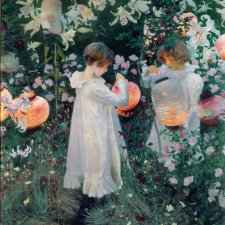In her foreword to Ted Gott’s landmark Don’t Leave Me This Way: Art in the Age of AIDS (1994), the late Betty Churcher wrote: “HIV/AIDS is not an easy subject to broach, whatever your personal or political perspective on this catastrophic epidemic … This book and the exhibition will challenge and confront our readers and our audiences. The seriousness of this issue demands nothing less.”
Twenty-one years later, it takes some effort to recover the sense of crisis in which those somewhat cautious words were written – to say nothing of the scale and character of the catastrophe – for in many respects we now inhabit a completely different world. In 1994, the number of diagnoses of HIV/AIDS in Australia peaked at 953 (more than eighteen per week); from about 1987, the drug azidothymidine (AZT) did many patients more harm than good, and antiretroviral therapies (the so-called cocktails), though developing rapidly in scientific laboratories abroad, were not yet available to doctors or their patients. Thousands of Australians had died, and were dying every day, of appalling AIDS-related illnesses. The difference seemed negligible between an HIV/AIDS diagnosis and a sentence of slow death without any avenue of appeal, and no possibility of reprieve. The LGBT community lived in fear – dwelt under a black cloud of loss – its members constantly attending one another’s funerals, and at times experienced extremes of stigma, discrimination and hate. Today approximately 25,000 Australians are living with HIV, and deaths from AIDS are rare. HIV has become a wholly manageable condition, not unlike diabetes. For those of us old enough to remember it, the decade of 1983–93 feels like a bad dream. Yet this is the context in which it is vital to see Acacius (Stigmata) – Portrait of Tony Carden, 1991, by AñA Wojak, lately presented to the National Portrait Gallery on behalf of the many members of Sydney’s Gay and Lesbian community by the sitter’s mother, Lesley Saddington.
Wojak’s Stigmata series explored the broad theme of sainthood and martyrdom, first by using materials and techniques that evoked Byzantine icons and early Italian Renaissance altarpieces: she painted on salvaged wooden supports such as crusty old doors and table-tops – used an outline or aureole of rich blue derived from expensive lapis lazuli, and applied a background field of 23-carat gold leaf. The visual effects are precious and liturgical. Wojak’s imagery, meanwhile, brought the ancient heritage of the catholic martyrology into tense alignment with men and women she saw being forced to play comparable roles in the midst of the AIDS crisis, and mostly driven into conflict with church dogma.
The concept of the stigmata, meanwhile, that is, marks or sores on parts of the body that correspond with the wounds inflicted upon the crucified Jesus, was a late medieval development in catholic spirituality – a physical manifestation of an ultra-mystical self-identification with the suffering of Christ and with the defining spiritual paradox of the cross: the instrument of torture; the tree of life. The connection between the stigmata and AIDS was, in the early 1990s, so obvious that it hardly needed stating. So often, patients were imprisoned by intravenous drips, catheters, ventilators, or worse, and their suffering was grievous. It was one such hospital experience (with a bout of life-threatening pneumonia) that galvanized Tony Carden. “They put him on a trolley,” his mother recalls, “and placed him in not much bigger than a cupboard, and left him there. And people circled around him, terrified of AIDS, of course, and they had nowhere to send him – they had no beds for AIDS patients. And Tony got very angry.”
AñA Wojak met Tony Carden soon afterwards in 1991 at a meeting in Sydney of ACTUP (AIDS Coalition to Unleash Power), of which he had become an active member, as well as a volunteer with the AIDS Council of New South Wales. He was thirty, and she was thirty-seven. On that occasion, Carden offered to sit for Wojak, posing not as himself but rather as a substitute for the early Christian martyr St. Acacius. Carden had had a background in professional theatre, film and television in Sydney and Melbourne, having studied in the early 1980s at the Lee Strasberg Theatre and Film Institute in New York, so playing the part of someone else came naturally to him. Still – it was especially enticing, even cheeky, given the venerable nature of the subject – for everything here centres on the halo. Tony sat once for AñA, but subsequently she worked from photographs.
St. Acacius is an elusive and probably mythical figure. According to Anastasius Bibliothecarius, an unreliable ninth-century C.E. Roman regurgitator of unattributed Greek chronicles, St. Acacius led 10,000 Roman soldiers who converted to Christianty but were crucified on Mt. Ararat when they refused to recant. The cult of the 10,000 martyrs gained strength in mid-fourteenth-century Europe in the aftermath of the Black Death, due to Acacius’s dying prayer that good health in mind and body would be restored to those of the faithful who undertook to venerate them. The resonance with the AIDS crisis could not have been clearer, or indeed the irony more bitter: Carden was himself HIV-positive, and had already suffered from AIDS-related pneumonia.
According to Catholic dogma, particular saints are not created by the church, but exist in heaven and therefore merely await formal recognition. In his relatively brief life, Tony Carden did much to make a difference to the society in which he belonged; he improved the lot of many of us who survive him, and we tread a path that is far easier than it would have been without the committed activism of scores of brave young people, who, like him, gave it their all and died far too soon. Tony garnered political support for Sydney’s then embattled LGBT community. He lobbied tirelessly for better standards of medical care, access to better treatment, improved hospital facilities (i.e. more, desperately-needed beds), and effective public safer sex education. He fought on many fronts against explicit discrimination against people living with HIV and dying of AIDS, and other implicit, often subtle, forms of discrimination against LGBT people more generally. Together with Clover Moore, then the independent Member for Bligh in the Legislative Assembly of New South Wales, Tony helped to raise the $1 million that was needed to refurbish and upgrade the AIDS ward (17 South) at St. Vincent’s Hospital in Darlinghurst.
In 1993 Carden began to assemble a work of art entitled Warrior Blood, which consisted of fabric swatches stained with droplets of blood donated or impressed by AIDS patients, doctors and other medical staff, academics, entertainers, religious figures (priests and nuns), and others. More an ongoing process of accumulation than a finished work, Warrior Blood was exhibited in Don’t Leave Me This Way: Art in the Age of AIDS at the National Gallery of Australia in Canberra in 1994-95, as was Acacius (Stigmata). AñA Wojak remembers Tony Carden as a handsome young man of unusual warmth, gentleness and generosity, combined with fierce determination – a beautiful soul. They kept in touch after she finished Acacius (Stigmata), and in the middle of a Sunday afternoon excursion to the Hawkesbury, Tony came across an old scythe – no doubt remembering the original 1987 grim-reaper public-health AIDS awareness campaign. Tony picked it up and gave it to AñA, a typically theatrical gesture with a hint of mischievous gallows humour.
When at length he died of AIDS in 1995 at the age of thirty-four, more than 400 people attended Tony Carden’s funeral, and AñA Wojak arranged for her painting to be displayed prominently at the wake which took place afterwards in a crowded gallery in Glebe. On that occasion a general consensus immediately formed that Acacius (Stigmata) ought to belong in Ward 17 South at St. Vincent’s “in recognition of the Gay and Lesbian community’s struggle for acceptance and dignity for people living (and dying) with HIV/AIDS, and as a source of inspiration and comfort to patients.” In due course the painting was formally presented to and accepted by the hospital at an amply publicised morning tea. Some years later, however, the painting was returned, wrapped in a hospital-issue cotton blanket, to Tony Carden’s mother, Lesley Saddington, apparently because some members of the hospital’s Board strongly objected to the portrayal of a gay man as a catholic saint. Evidently it had not yet occurred to them that Wojak’s painting could be seen, even more compellingly, as the portrayal of a catholic saint as a young gay man, full of promise, with blond hair cut à la Depeche Mode, and a knack for getting a lot of important things done in what little time he knew he had left.
















